-
Posts
514 -
Joined
-
Last visited
-
Days Won
1
Content Type
Forums
Detector Prospector Home
Detector Database
Downloads
Posts posted by cjc
-
-
On 2/18/2018 at 1:08 PM, Mike_P said:
UPDATE:
I am happy to say that after a factory reset and running it or about 2 hours this morning, no more shutdowns.
Now I just need to get on some good ground to search. All I am finding around the house are modern bullets, old plow blades, and shotgun brass. I did find one old shotgun brass that from what others have posted online could make it 100 years old.
ya but the machine wont turn on to perform a power button reset...I have the sampe poblem mid vacay--she's done. tried the salt / vinegar, baking soda water thing, no go.
-
A Beginner's Guide to the Nokta / Makro Legend (v.1.09 / v.1.10 beta)
“Jam packed with tons of good info!!”
AP“Great book! I just finished it. Loads of information on how the detector works. Plus, tests and techniques.“
WE
“...Invaluable reference book for any Legend user!”
LD, UK“A great read-- must have guidebook. Thanks Clive”
GK“I bought this book and for me it has been bloody brilliant.”
PP“Great read, thanks Clive!”
CSUnderstanding the Nokta / Makro Legend (v.1.10 beta)
Clive James Clynick has detected for over 40 years and is the author of 24 detector “how to” manuals, numerous articles and product reviews. Topics include:
• Customizing the Legend for Your Sites and Type of Hunting.
• Navigation: “Fiddle Less and Hunt More.”
• Getting Results with the Legend at Tough Sites.
• Coil Control Target Testing and Other Skills.
• Understanding Fast Digital and Multi Frequency Detectors.
• Bottle Caps and Other Problem Targets.
• The Legend as a Gold Jewellery Hunting Machine.
• Understanding the Updates (v. 1.05-v.1.10 beta).
.…and Much More…
“the only up-to-date book on the Legend”
(Softbound, 101 pgs).
Ordering and Reviews:
-
 1
1
-
-
The Minelab Manticore: Tips, Tricks and Settings (V. 6.20.0+73)
“If you own the Manicore, I highly recommend reading this book. As a beach hunter it gave me a better understanding of the Manicore’s sensitivity set up and by how adjusting other settings allows for a more stable machine with higher settings.”
RP, AUS“Awesome info In this book & also very detailed –a good addition to the tool box, I’m very pleased w my purchase.”
RK“For anyone trying to figure out the Manticore, this is a must read. Clive really understands the ins and outs of detectors, and goes into great depth on what you could be doing to eliminate trash and find the good stuff. Get this book, read it, read it again, and stop wasting time digging so much trash!”
DN“Well worth the money, I have read my copy a number of times and it really has helped me get the most out of the Manicore and getting it to perform in a manner that suits me either in the bush or in salt water at beaches. Well done and thanks Clive.”
PR“Great book!”
DL
The Minelab Manticore: Tips, Tricks and Settings (V. 6.20.0+73)
Clive James Clynick has been finding gold, silver, coins and relics with a metal detector for over 40 years. He is the author of some 26 “how to” books and numerous articles for the serious treasure hunter. Topics include:
Getting the Most from the Manticore’s Power.
Creating Custom Settings for Your Sites and Hunting Style.
Understanding the Manticore’s Graph and Expanded Meter.
Understanding the Audio Options.
Deep Silver Skills: Spikes, False Signals and “Masked” Targets.
Using Basic Skills to Enhance the Manticore’s Target ID Features.
Working on Your Accuracy and Conclusiveness.
The Manticore as a Gold Jewellery Hunting Machine.
Pro-Level Testing and Tuning Methods.
...and much more...
($16.95, Softbound, 108 pgs)
Ordering and Reviews:
-
6 hours ago, schoolofhardNox said:
Look, I agree conditions matter, so does the composition of the nickel. I'm going to opt out of further discussion also because my meaning of the criticism of MF was lost somewhere in the post. So in a nut shell, If my pinpointer picks up a target better than a very expensive machine, there is something up with the technology. I guess I'll stick with my PI and find what must be thousands of nickels that machines have not seen on my beaches. They should all be there ☹️ It's a wonder anyone found them before. Must be some magic in the Deus II, Excalibur and Sovereigns that have, and are still finding nickels on those same beaches.
I agree with Steve--its the SMF platform and how it relates to ground and targets--a broader cause. Hope the broad-based testing model helps you with your next experiment. But when I say "jam my books down anyone's throat" I mean the detecting public--not anyone in particular and it's a bit harsh to frame it that way. When I started basic theory and skills werre the first thing we learnt. Now it's all settings, "tweaks" and watching for numbers on a screen. Best of Luck.
cjc
-
 3
3
-
-
32/ Appendix III: Testing the Manticore as You Hunt
Trial, error and testing is the “meat and potatoes” of becoming accurate with the Manticore. The more prepared you are from testing under controlled conditions the better armed you are against frustration in the field. While there are lots of test models that rely on cross-comparison between targets buried at various depths, the model I favour is based on the idea that to be certain of something--you need to try your best to disprove it. The idea is to push the detector until it stops performing. You then have a good idea of when this is happening in the field. Begin with a buried target of the type you hunt. Then try some basic experimental design. Let’s begin with some definitions:
1/ Independent Variable: This is the factor that does not change.
2/ Dependant Variable: This is the one that does change.
3/ Intervening Variable: This is the one that causes the change in the Independent Variable--the middle one--the “monkey wrench.”
So, if you take a basic test on our buried target, the ground conditions and target itself are the Independent Variables--unchanging--for now. The signal tone is the Dependant Variable. (Loud / quiet / broken, no sound would be some possible outcomes…). Then bring in some Intervening Variables: These might involve increasing the Sensitivity, changing the Recovery Speed or Ferrous Limits--it’s your choice.
This model gives you an organized framework with which to test not only single Intervening Variables--but also several at one time--to begin to understand the interactions. Conversely, next--the ground conditions or type of target themselves could be used as the Independent Variable (for example black or normal sand as separate trials or gold versus silver) --with an individual setting or complete mode as the Intervening--and again--the audio tone as your test result (Dependant Variable). While all this may sound a bit stuffy--it’s the way to get a good clear understanding of what the Manticore will and won’t do in the various modes and settings--under different actual conditions. This is much more “hands on” and fluid than
Simple “on the fly” experimental design is a good way to learn more about your machine as you hunt.
some artificially created test garden in your backyard. As well--these are tests you can perform as you hunt.
Another way to do this is to “start with an in-ground signal and try to make it worse.” This might involve changing modes, increasing the Sensitivity, or changing the Recovery Speed or Ferrous Limits. The great thing about this kind of testing is that you can begin with extreme settings and learn what bad tuning sounds like. This tells you what to listen for in more typical situations. Using this model some interactions to look at would be how:
· Again, the general principle is that when you move too far from the pre-set range with any of these controls--there needs to be compensation with one or more of the others--or at least your sweep speed.
· Remember, begin with extreme settings to create a “benchmark” for each negative effect. This gives you the clearest data--models to watch for in the field. Being able to make these “ear to coil” calls is the way to accomplish a balanced signal under any conditions. You first have to know what an unbalanced one sounds like. Besides signal tone, meter stability is another Dependant Variable to experiment with. Then of course there’s the old test garden Dependent Variable of depth…
· A more complete list of audio characteristics to look for would be: wide / narrow / “peaked” / loud / faint / clipped / weak / “skewed” (forward or back) / flat / blaring / “squeak” / relationship to threshold…(is the response “flat” or does it “jump out?)”
· (I would include “bittyness” here but that’s more of an “in-ground overall signal characteristic).
All of these can provide useful target information and inform your settings tests.
The key is to begin with extreme settings so as to be able to recognize the various performance changes. This will help to develop your tuning skills a lot.
From: "The Minelab Manticore: Tips, Tricks and Settings"
by clive james clynick.
-
 2
2
-
-
9 hours ago, schoolofhardNox said:
I disagree wholeheartedly with you. I'm not quite sure what your point was, but trying to say the nickel is not all that different from the ground at that shallow of a depth, I feel is incorrect. A radio shack detector from the 70's could find that nickel. There is something inherently wrong with MF when it comes to certain beach conditions and that is being experienced in other videos as well. A lot of people try and protect Minelab, but the evidence is out there. Trying to somehow say that the video posted was not the best test is absurd. It doesn't matter what settings, programs or and other factors were present. The machine should have screamed on a nickel at that depth. Deeper and all bets are off. This is one of the few times I disagree with you.
What Im saying is that a nickel is more suseptable to detection problems that are a result of sensitivity too high, bias too high, EMI or just bad ground. In effect the more sensitive and exact a machine is--the more this is true. Could also be a "bleached" nickel. Try another target before deciding that the Manti--with all it's choices and fidelity is oh-so- terrible--andthat no adjustment could solve the problem. Your test is interesting, but not conclusive.
This why Im about sick of trying to jam my books down the throats of people who don't think that basic detector theory is of any value. As machines become more involved people want to rely on the tech (presets for example) alone without having the broader understanding of ground, detection, detector features and target types. When I use a term like "signal balancing" not many even know whats being balanced in relation to what--why bother? They are thrashing about in effects, as if they were causes.
cjc
-
 1
1
-
-
On 12/30/2023 at 10:07 PM, schoolofhardNox said:
That's why my Manticore sits in the corner now. That is the main reason I use a PI on beaches almost exclusively. I think when I posted that I had issues at a beach and finally brought out the PI, some people probably thought "user error" ☹️ I think the OP will be happy with the PI they choose over any VLF/MF if they are on those kinds of beaches. Thanks for that video. It clearly explains the difficulties of MF. The Garrett Carrot did a better job of finding that nickel 🤣
Nickel is a partly magnetic coin. That's not to say that a a magnet will pick it up, but it's properties are very, very different from gold. A detector which is engaged in processing out inconsistent / random indications such as the ground will have no problem mistaking that type of target for the background. Really more of a demo of target types than anything to do with how good the Manti is--unless you hunt exclusively for nickels. A little basic theory goes a long way.
A detector does not punch though the ground to detect a target--it separates the two. Sometimes the two are near identical. Overall the ground's signal is larger, thus, the higher you turn the machine up, the less separation you get on this type of target. Try testing your VLF indoors and in partucular, not what happens when you slow it right down. At a certain point it has time to make the distinction between EMI and target. The ground's "interference" is lessor--but no different. Where you have a lot of electricity in the ground--such as near a big hotel--this masking is even greater. Not to say t hat a nickel is that bad of a tester--just that its not all that distinct from the ground.
cjc
-
 3
3
-
-
I would also add that it's not just fast salt and black sand that cripple VLFs. Its the interference created by inclines, hills, seabed contours, weed beds, different types of material under the coil--any number of things. There's just no contest. I too have engaged in this same wishful "VLFs have gotten so powerful" type thinking but found it to be not true. At the same time there's such a thing as benign conditons--or places where trash targets and the general depth of what there is to be found make VLF the way to go. cjc
-
 3
3
-
-
All told I would have still given the good old DF more weight in this discussion in that it just has a lot of target information in the tone and is as deep as anything out there including the TDIBH. Ya it's got a bit of crackle but this is the interraction that makes it deep. Ya there are some great VLFs out now but in salt water or black sand there's still no contest. None of these MF detecctors handle fast salt all that well. Even a pulse with a small coil still needs to be balanced out to perfrom well in these conditons--proof positive that VLFs are faring much worse. The Impulse AQ is the creame of the PI crop but not for the PI novice--The build choices are not all good (Vishay pots) and other small bobos make it a troublesome detector to run. Its a machine with "rites of passage" that have to be surmounted to finally arrive at a place where you have had components fail, broken a few fragile bits and are at last ready to swing problem free. Over all though--a superb circuit and exacting service from FT. I have two and two DF's -- without them I would be competing on a level field and these days that can be hard. With a pulse, the worse the conditons the bigger the advantage.
cjc
-
 4
4
-
-
21 hours ago, Tony said:
Much respect to you....Go big or go home.......you do know the coils can be swapped out or did you need an excuse to get two detectors 🤣🤣
Here's my weapon of choice for an early New Years Day morning hunt....thanks to Eric Foster (RIP)
Fully retro / vintage for 2024
V ery nice, Tony. Good Luck, clive
-
 1
1
-
-
1 hour ago, Airtemisa said:
Clive, in this extra mode, I understand you that those extradeep targets will sound still ferrous? Is that correct?
If yes, that means we have to dig every ferrous sound? Or is something special in that particular ferrous sounf targets that could tell us that are pushed by that "special" configuration?
I don't understand your question or the context--what post it's in response to.
cjc
-
23 hours ago, Tony said:
I picked up the M15 coil a few days ago and revisited the same beach that I hit with the M11 coil a few days earlier.
Is it just me (I don't think so)....but I was able to set the Sensitivity quite a bit higher on the M15 than on the M11.
I recall the M11 was set on 21-22 but the M15 was happy on 24-25.....wet but not saturated beach sand.
I'll test again but it appears that the M15 can be set about 3 points higher in the damp sand.
you read my mind, Tony. I was just going to put up a post asking if anyone had had the 15 in to salt. NOX was pretty crappy overall just not handling the fast surf and contours. To be fair, 5 tone spreatd the signal out a bit and made it less chattery. Keep us posted...
Regards
clive
-
18 hours ago, Joe Beechnut OBN said:
Welcome....This might help if you ever change your mind... premade end/cable M8, 5 pin, B code, male. One meter cable or you can get it in 2 and 3 meters. It is a straight cable but can easily be heated/cooled and trained to be coiled or used as a straight cable.
Also comes in a 45..
https://www.mouser.com/datasheet/2/57/M8_Data_Sheets-1901337.pdf
Wow--good to know. I'vve got the AQ small coil cable / plug set up on the bench to solder and walk a wide berth around it...soldeing is my shame....lol
cjc
-
 1
1
-
-
awfully small solders in those plugs--don't think I would try a build. Thanks for the specs though.
-
23 hours ago, bklein said:
I think they missed the boat on this detector by not having a generic mode that finds coins as well or better than other machines.
can't please all oft he people.
cjc
-
 1
1
-
-
On 12/11/2023 at 11:33 PM, bklein said:
He has emphasized several times in his videos that some of the headphones that accompanied the detector are inferior. How do I tell? How would I modify them or what should I try/buy as a replacement? I couldn't understand what he was saying about them - if we need to look for a certain impedance or type of transducer.... Have any of you tried a bluetooth transmitter and a BT headset or earbuds? He seems to be saying that the impedance of the headset can harm the analog circuitry performance. So maybe a BT transmitter would have high input impedance and be superior?
This is agreat question. He doesgive some specs. I want to know the same thing .
cjc
-
 1
1
-
-
6 hours ago, Joe Beechnut OBN said:
Clive did you get any of the 10 inch coils that Eric Foster made? The 8 has its place but I really like the 10 the best, the 12 can be on the sensitive side to the conditions, calm waters its fine but once it starts getting ruff it really takes some fine tuning and coil control to make it work.. For me the 10 seems to be right at the edge of perfect, for my conditions.
Anyone message Alexandra lately?
Ya, I have two. Definately the optimal size for this machine--also very deep with fewer problems. In the thread Alexandre states that the AQ can't be used around houses--Ive had these kinds of problems resort hunting--just too much juice in the ground--even when you go out into the water. Still fiddling though with the coils and FQ control.
rgrdz clive
-
 2
2
-
-
Very, very powerful and deep. smaller object sensitvity. The machine\s operating characteristcs are easier to recognise with this smaller coil--how your settings changes affect performance. Try it at 7uSc, full Sens, zero ATS and reject. All the big coil problems are gone. Great to learn the machine with.
cjc
-
 1
1
-
-
On 1/25/2023 at 9:41 PM, Tony said:
I don’t find much in calm water…….pretty sure that the sand has had time to settle and bury the gold. I have one of those neoprene headbands which works well in securing the phones or use the bone-phone (Sea Hunter) if it’s not too windy.
I like to sit behind the 2-3 foot breakers and then duck in behind the whitewater……..with one eye on what’s coming in next 😖The “impact zone” is where the gold is…..either lost there directly from swimmers or moved/uncovered there by Mother Nature.
Love it……have that area to myself as no one else is crazy as me. The Nox’s get munched up as well and leak from water impact 👍
this isa trick I use too to duck past the intense break zone. gotta watch that undertow and those combers though...😁
cjc
-
On 1/12/2023 at 3:18 PM, eclipse said:
Where can I find extra coils for the AQ? Are those even available for sale? I only have the large stock coil.
The small 8" is available from the factory. This is a fantastic coil that also helps you to really understand the performacne of this detector.
cjc
-
 1
1
-
-
18 hours ago, Joe Beechnut OBN said:
Great machine for me, never use disc... found my love in All Metal. I've spent many hours air testing just to learn the characteristics of the machine, which paid off once I hit the water.
Hoping to see a digital model someday?
Clive took me a second to figure out "Clog", it's the "settings tab" you can set it to translate to english.
Ya, Im kinda in the same place just continuing to learn about this great circuit. As stated by Alexandre in the video--it's very clean and fast--full of information. When you are selecting for those clean, complete, peaked responses (in any mode) the optimization of this detector is pretty amazing..
Best Regards
clive
-
 2
2
-
-
At the right there is the option for captions then at extreme left, autotranslate then scroll down for English. Not all clear / accurate but decipherable for anyone who wants to do a deep dive on this detector. So its "Cog,"( settings) Subtiles, then Autotranslate, then scroll to English. Yhis is part one of two. --the seond one comes up at the end. Brilliant man gotta love him...
cjc
-
 4
4
-
-
I would also mention that this is not a true "Mixed Mode" in that its only in the audio circuit. A true "Mixed Mode" means that both detection circuits respond to all targets. With the Manti, targets are competing for "sound." There is a considerable depth boost though.
cjc
-
 2
2
-
-
Ya I jumped right on to Prospecting audio with the NOX for the detail it gives and what a great signal balancing trainer it is. changes in sens, speed and bias are very telling. It teaches you how to get your responses to stand out.
Re/ foils. This is another great thing about the Manti, it does let you hear the solidity of targets and these light flecks of foil just sound weak. I do think that Toms settings will allow more juice than 22 / though but this is a land setting. Jacked way up. For tough, fast salt though 22 seems to be a good setting for sure in simple Beach Wet. Thanks for your insight, Brad exactly why I put the post up--to see how others are liking and using this system.
cjc
-
 3
3
-



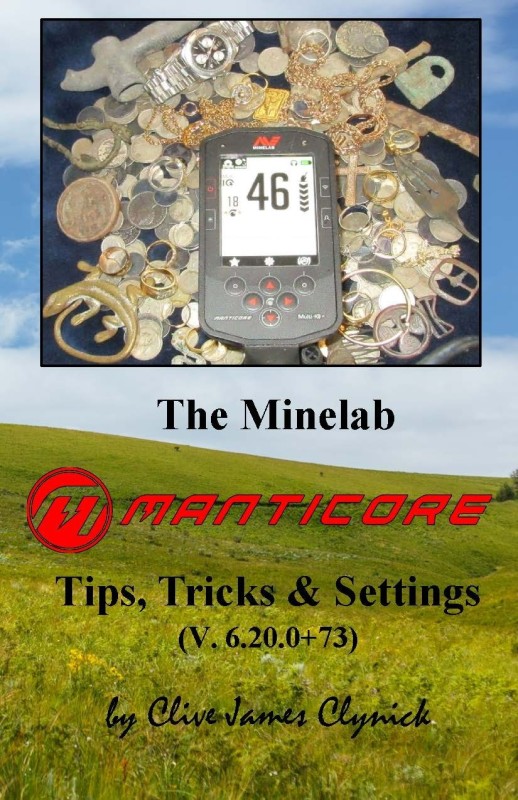
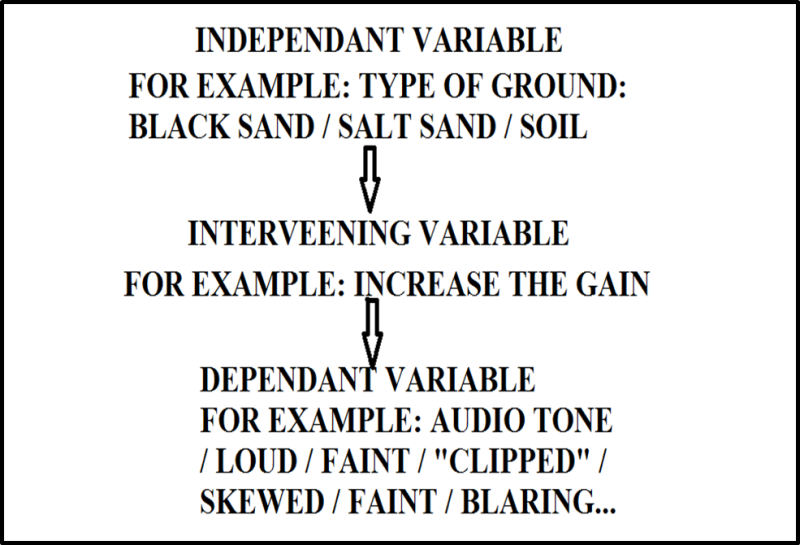
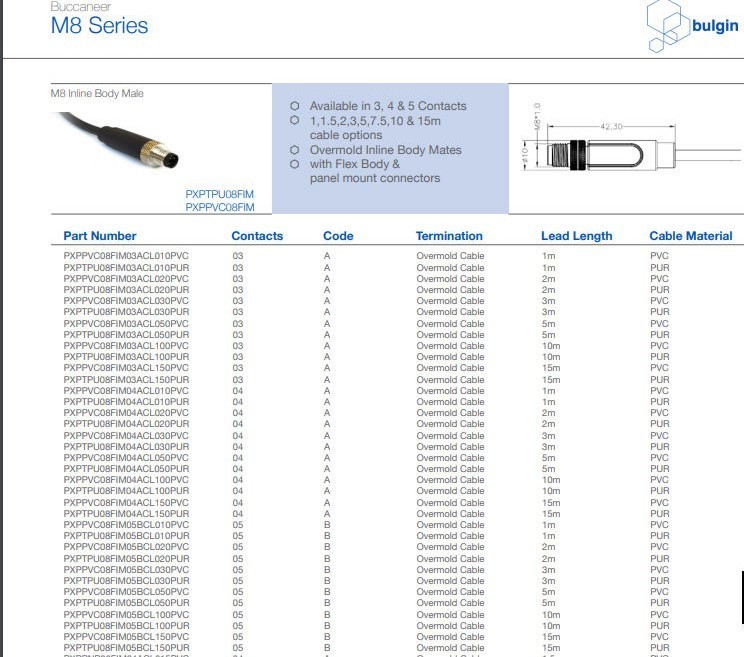
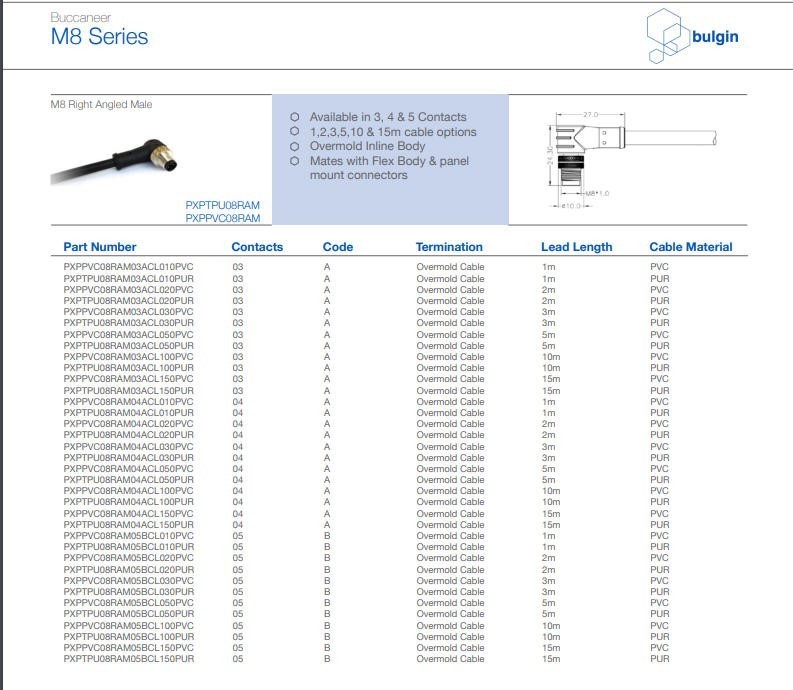
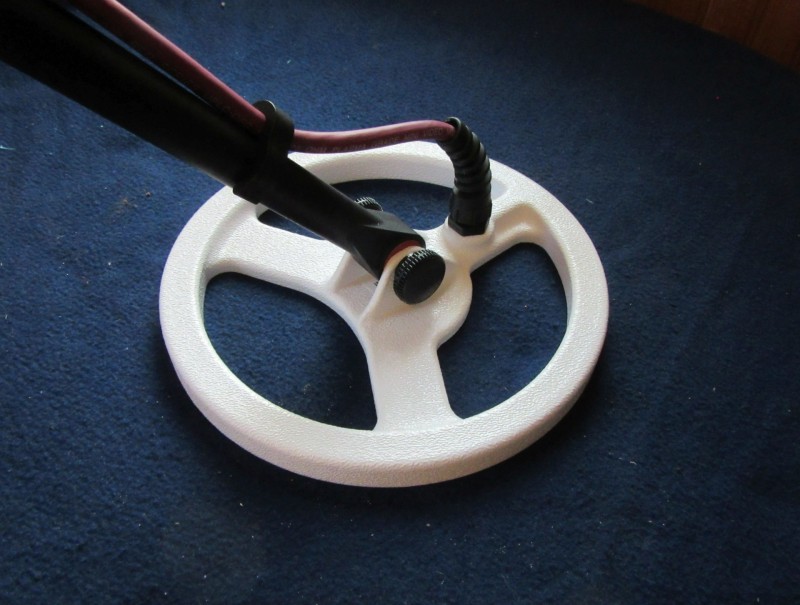
Sign Of Problem?
in Minelab Equinox Forum
Posted
Maybe a factory reset? lol I actually stood on the button for longer and got it to reset--thanks for your reply though, Steve.
cja